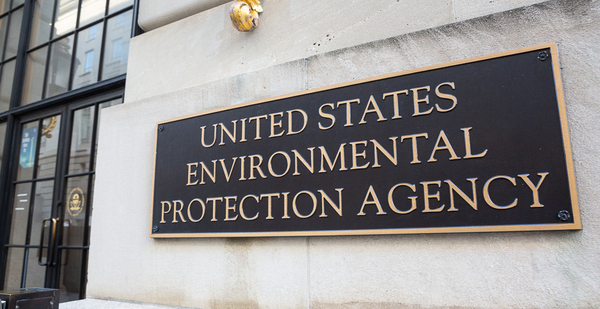Understanding Updated EPA Refrigerant Regulations for HVAC Contractors
The HVAC industry is buzzing with changes, especially as we approach 2025. The EPA’s new refrigerant regulations are set to make a significant impact, and if you’re an HVAC contractor, these changes are crucial for you to understand. Let’s dive into what these new rules mean for your business and how you can stay ahead of the curve.
New EPA Refrigerant Regulations: What You Need to Know
Starting January 1, 2025, the Environmental Protection Agency (EPA) will enforce stricter refrigerant regulations under the American Innovation and Manufacturing (AIM) Act. This is a major shift towards phasing out high-GWP refrigerants like R-410A in favor of more environmentally friendly options such as R-32 and R-454B.
The Transition to Eco-Friendly Refrigerants
R-454B is emerging as a leading replacement for R-410A, boasting a 78% lower Global Warming Potential (GWP). However, this transition isn’t just about choosing a new refrigerant. These A2L refrigerants are mildly flammable, meaning your HVAC equipment designs and technician safety training must adapt.
Key Points to Consider
- The AIM Act mandates an 85% phasedown in hydrofluorocarbon (HFC) use by 2036.
- Manufacturing or importing products with a GWP of 700 or greater will be prohibited after January 1, 2025.
- Systems made before this date can only be installed until January 1, 2026.
- Updated energy efficiency standards may increase costs by 20% or more.
- Technicians must update their EPA Section 608 certifications to handle new refrigerants.
Compliance and Its Benefits
Complying with these new regulations isn’t just about avoiding penalties, which can be as high as $69,733 per day. It also means contributing to lower greenhouse gas emissions, achieving greater energy efficiency, and realizing long-term cost savings. Consider new systems like Friedrich’s three-ton universal heat pump, designed for compatibility with low-GWP refrigerants.
Conclusion
While the transition may seem daunting, these changes offer an opportunity to lead the charge in sustainable HVAC practices. By staying informed and adapting to the new EPA refrigerant regulations, you can ensure your business remains compliant and competitive.
Ready to embrace the future of HVAC? Start preparing for these changes today and position your business for success in the evolving landscape.
FAQ
What are the EPA refrigerant regulations for 2025?
The EPA regulations for 2025 require a phase-down of high-GWP refrigerants like R-410A, promoting alternatives such as R-32 and R-454B.
How will the AIM Act affect HVAC refrigerant compliance?
The AIM Act mandates an 85% phasedown in HFC use by 2036, impacting refrigerant choices and equipment design.
What are the Section 608 certification requirements for technicians?
Technicians need updated EPA Section 608 certifications to handle low-GWP refrigerants, focusing on safety and new refrigerant properties.
Why is there a transition to A2L refrigerants?
A2L refrigerants offer lower GWP and meet stricter environmental standards, although they require updated safety measures due to mild flammability.
What is the HFC refrigerant phase-out timeline?
The phase-out timeline prohibits manufacturing or importing products with high-GWP refrigerants from January 1, 2025, with further reductions by 2036.


